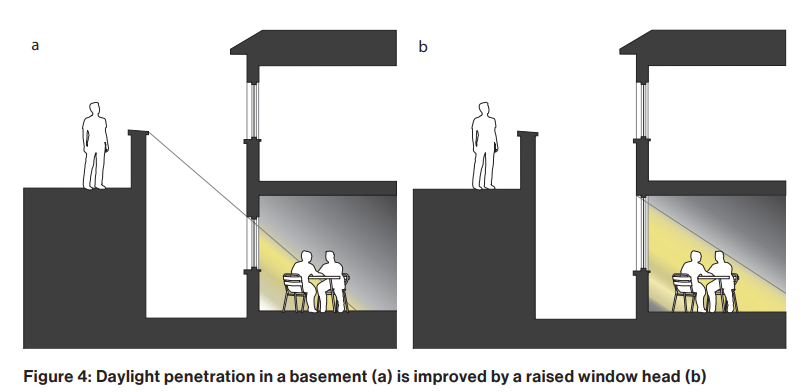In the intricate world of property development, grasping the subtleties of a natural light right can be vital for both homeowners and developers. https://k12.instructure.com/eportfolios/978062/entries/3537383 is a legal entitlement that permits a building to get daylight light through designated openings or vistas. As city spaces become more crowded and new structures rise, the preservation of light access has become a important issue. This manual explores the value of right to light surveys, which analyze the effects of new projects on existing structures and guarantee compliance with legislative rights.
Being aware of what a light entitlement survey involves and when to request one can protect homeowners and developers alike from expensive issues. By analyzing the legal history, differences between light entitlement and planning approval, and key factors for additions and new construction, this piece aims to prepare you with the essential information required to maneuver through the frequently complicated environment of light rights. Whether you are an intending builder or simply a worried neighbor, comprehending these rights is essential for achieving balance in real estate development while safeguarding essential daylight light.
Comprehending the Right to Light
The right to light is a statutory right that allows property owners to receive a particular quantity of sunlight through their windows. This right is recognized under British common law in the UK and is generally obtained through continuous and unhindered use of light for at least 20 years. When a structure is developed in a way that hinders this light, the affected property owner may have a right to protect their light access, hence the importance of comprehending this right.
The concept of right to light is not merely a concern of comfort; it can substantially impact real estate values and the functionality of spaces. Contractors must take into account these rights when designing new constructions or extensions; failure to address this could lead to lawsuits, holdups, and potential economic consequences. It is vital to recognize that the right to light can influence a wide range of properties, especially in cities where space constraints can lead to more densely packed constructions.

To navigate these challenges, many homeowners and developers choose to order surveys on right to light. These assessments assess the likely impact of new buildings on natural light access for neighboring properties and help identify any likely breaches before construction begins. By addressing and tackling right to light issues upfront, interested parties can reduce risks and ensure adherence with laws, leading to smoother construction processes.
Legal Consequences and Adherence
Grasping the legal repercussions of right to light is crucial for both. A light easement is a legal easement that permits landowners to receive natural light through certain openings, including windows. If this entitlement is infringed upon, it can lead to major legal disputes. Developers must be mindful that current property rights can impact their plans, as failing to address right to light issues may result in costly changes or even project halts.
Adherence with right to light regulations is critical in the design phase. Local authorities will evaluate the possible impact on light during the review process. Developers must provide appropriate evidence that their projects will not negatively affect neighboring properties' rights. This often involves conducting detailed right to light surveys, which analyze the volume of light that reaches neighboring properties and recommend design alterations if necessary.
Not to comply with right to light regulations can lead to court cases, with affected parties seeking solutions such as court orders or damages. This underlines the importance of timely collaboration with right to light experts who can assist developers through the complexities of the law. Properly navigating this terrain not only protects the developer but also encourages positive relationships with nearby residents, possibly facilitating the path to gaining permissions.
Right to Light Evaluation Procedure
The Light Access assessment process starts with an preliminary consultation to assess the particular needs of the property and the development plans in question. During this stage, a certified surveyor will obtain pertinent information about the pre-existing structures, including their height, orientation, and the surrounding environment. This information will help identify if any probable light infringements may occur due to new developments.
Once the initial data is obtained, the surveyor will employ various methods and techniques to analyze natural light and sunlight levels. This phase often includes site visits to assess light situations and the use of 3D visualization to represent how proposed projects may impact light availability. The surveyor will also consult BRE standards, which provide industry standards to evaluate potential light issues and ensure conformance with regulatory expectations.
After conducting the evaluation, a comprehensive Daylight and Sunlight report will be produced, detailing the findings and advice. This report serves as essential documentation for planning applications and helps highlight any potential Right to Light infringements. By understanding these findings, homeowners and developers can make educated decisions and take required actions to address issues related to light rights.
